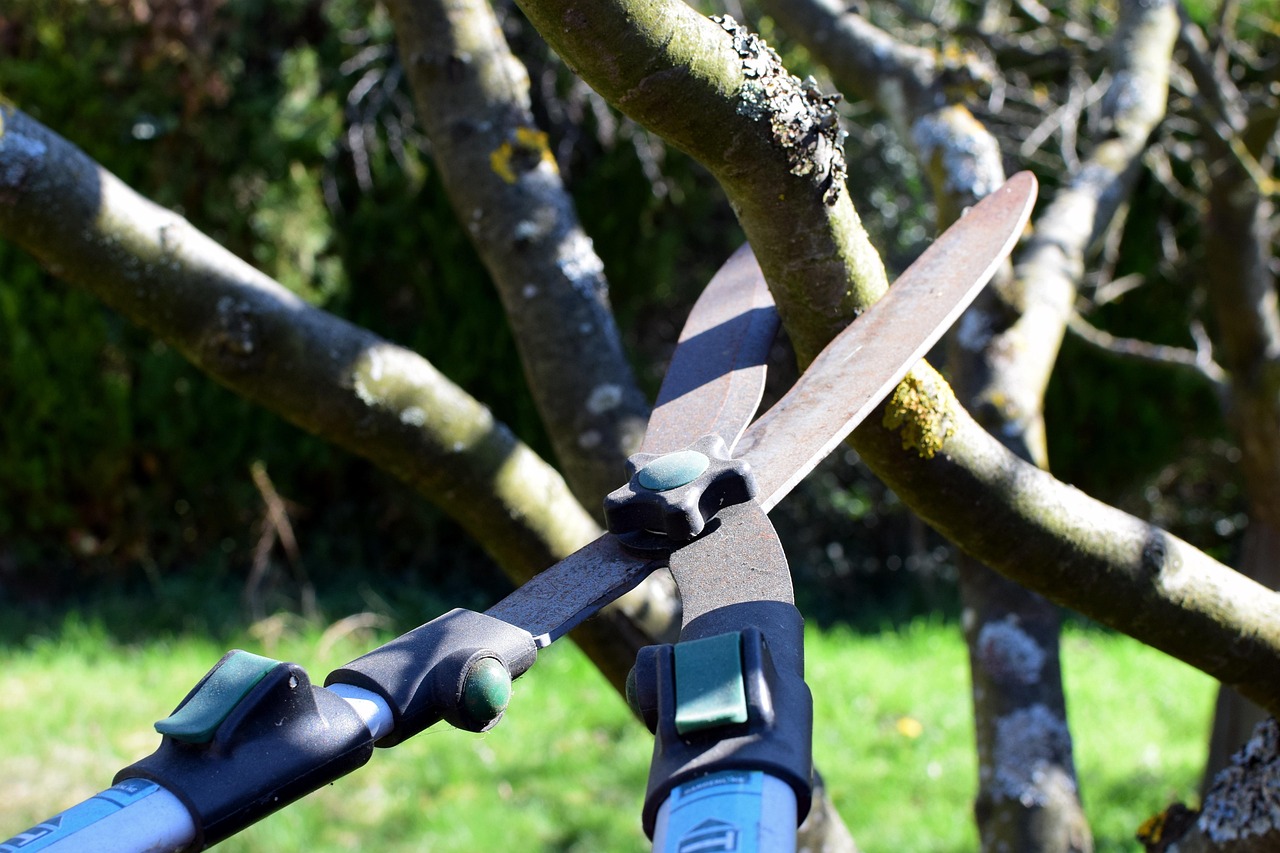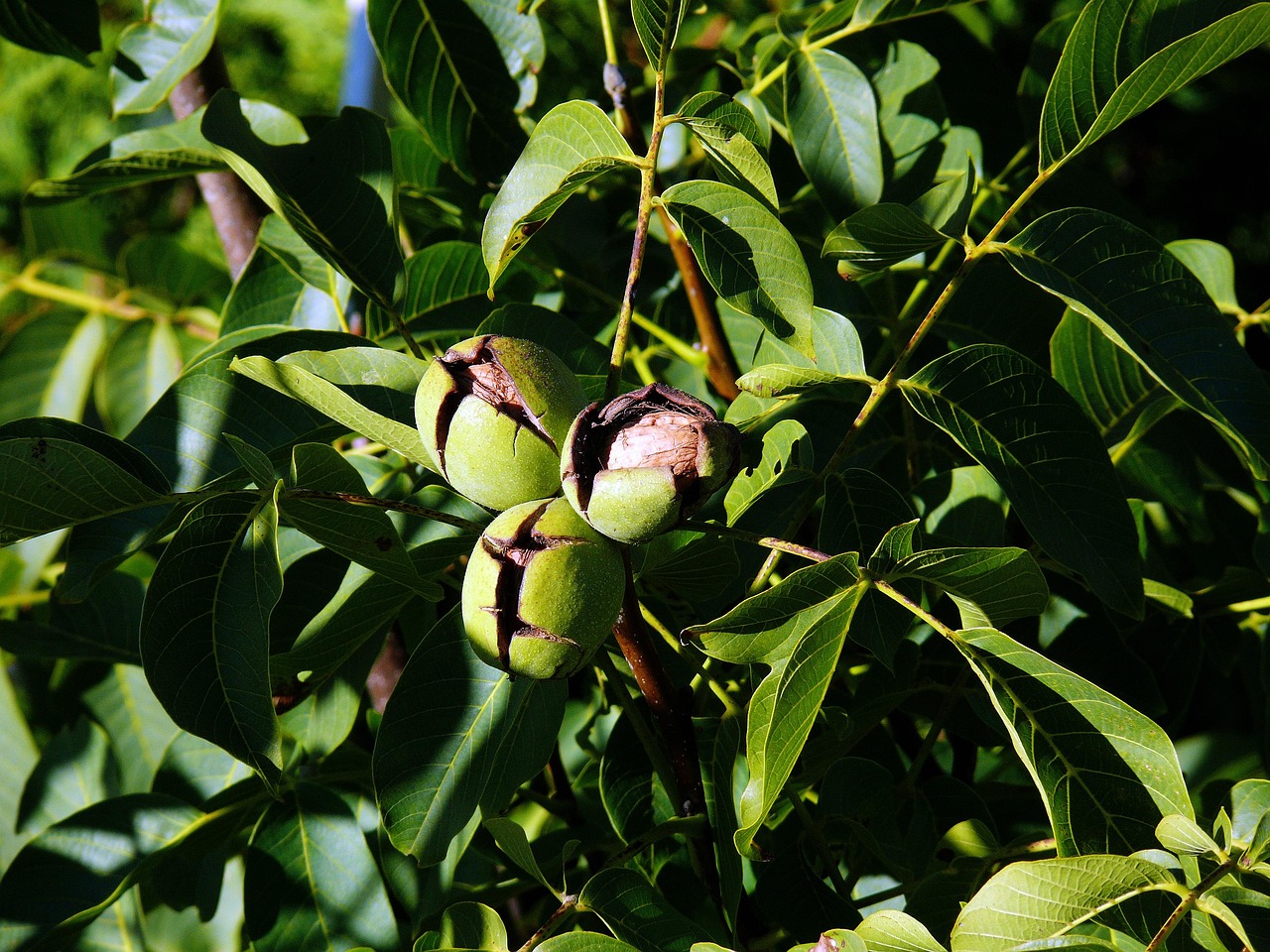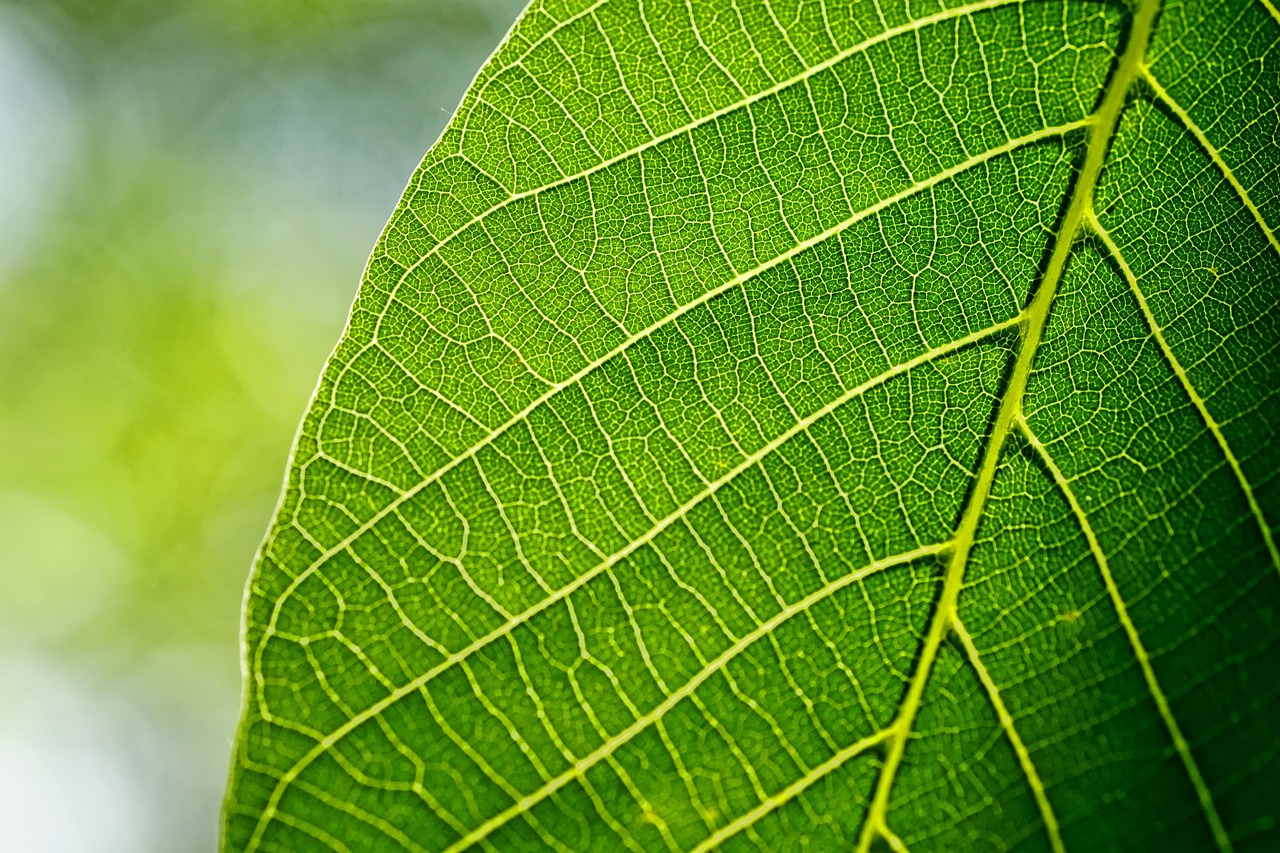Pruning black walnut trees is essential for maximizing nut production. Proper pruning encourages healthy growth, enhances nut quality, and facilitates easier harvesting. Understanding the right techniques and timing is crucial for successful pruning.
The black walnut tree (Juglans nigra) is renowned for its high-quality nuts and valuable wood. Native to North America, this majestic tree can grow up to 100 feet tall and live for over 200 years. Its nuts are not only prized for their rich flavor but also have significant commercial value. However, to ensure optimal nut production, it is vital to care for these trees through effective pruning practices.

Pruning black walnut trees involves removing specific branches to improve overall health and productivity. This practice helps in shaping the tree, promoting better sunlight penetration, and reducing the risk of disease. When done correctly, pruning can lead to a more vigorous tree with improved nut yields.
Understanding Black Walnut Trees
Black walnut trees thrive in well-drained soils and prefer areas with full sunlight. They are typically found in the eastern United States, but they can adapt to various climates and soil conditions. Here are some essential characteristics of black walnut trees:
| Characteristic | Description |
|---|---|
| Height | Up to 100 feet |
| Spread | 50 to 75 feet |
| Bark | Dark brown to black, deeply furrowed |
| Leaves | Pinnately compound, 12 to 24 inches long |
| Nuts | Round, with a hard shell, rich flavor |
These trees produce both male and female flowers. The male flowers are long catkins that hang from branches, while the female flowers develop into the nuts we harvest. The nuts typically mature in the fall, making it the prime time for harvesting.

To manage a black walnut tree effectively, regular maintenance is necessary. This includes watering, fertilizing, and most importantly, pruning. Pruning can help prevent overcrowding of branches and allows air circulation, which reduces the likelihood of fungal diseases. Moreover, strategic cuts can encourage stronger branches that can better support the weight of developing nuts.
When to Prune Black Walnut Trees
The timing of pruning is critical for maximizing nut production. Late winter to early spring is the ideal time to prune black walnut trees. During this period, the tree is still dormant, which minimizes stress and encourages healthy growth once the growing season begins.
It is advisable to avoid pruning during late summer or fall. At this time, the tree is focusing its energy on producing nuts and preparing for winter. Cutting branches during this period can lead to reduced nut yields and may even harm the tree’s health.

Essential Pruning Techniques
Understanding the correct pruning techniques can significantly impact the health and productivity of black walnut trees. Here are some essential methods to consider:
- Crown Thinning: This technique involves selectively removing branches from the tree’s crown to allow more light to penetrate and improve air circulation.
- Crown Raising: This method entails removing lower branches to raise the crown of the tree. It helps in creating a clear trunk that is necessary for harvesting.
- Crown Reduction: If a tree becomes too large or dense, crown reduction can help to reduce its size while maintaining its shape.
- Deadwood Removal: Regularly remove any dead or diseased wood to prevent pests and diseases from spreading throughout the tree.
Each of these techniques plays a vital role in ensuring that your black walnut tree remains healthy and productive. Implementing these practices will not only improve nut quality but also enhance overall tree vitality.
Pruning tools play an essential role in successful pruning. Using sharp and clean tools will make cuts easier and reduce the risk of introducing diseases into the tree. Common tools include pruning shears, loppers, and saws. Always ensure your equipment is sanitized before use.

As you embark on your pruning journey, remember that patience is key. Each cut should be made with intention and care. Over-pruning can lead to stress and reduced nut production, so it’s better to err on the side of caution.
Identifying the Right Branches to Prune
Knowing which branches to prune is crucial for maintaining the health of your black walnut tree. Not all branches should be removed, and understanding the tree’s structure will help you make informed decisions. Here are some guidelines for identifying branches that require attention:
- Crossing Branches: Look for branches that cross over each other. These can rub against one another, causing wounds that may lead to disease. Choose one branch to remove.
- Weak or Narrow Angles: Branches that grow at narrow angles to the trunk are more likely to break. Prioritize the removal of these branches to promote a stronger structure.
- Inward-Growing Branches: Any branch growing towards the center of the tree should be pruned. This will allow better light penetration and air circulation.
- Dead or Diseased Wood: Always remove any dead or visibly diseased branches. This prevents the spread of pests and diseases throughout the tree.
- Thick Crowns: If the tree has a dense crown, consider thinning it by removing some branches. This will help improve air circulation and sunlight exposure.
The Importance of Timing in Pruning
The timing of your pruning efforts can significantly impact the overall health and productivity of your black walnut tree. Here are some important factors to consider regarding timing:
- Early Spring Pruning: Pruning just before spring growth begins allows the tree to heal quickly and promotes new growth as the season progresses.
- Avoiding Late Summer: Late summer pruning can stimulate new growth that may not harden off before winter, making the tree vulnerable to cold damage.
- Monitoring Weather Conditions: Ideally, prune during dry weather when fungal diseases are less likely to spread. Wet conditions can increase the risk of infection.
- Observation of Tree Growth: Keep an eye on your tree’s growth patterns. If you notice excessive growth in a particular area, it may be time to prune.
Step-by-Step Pruning Process
Following a systematic approach when pruning your black walnut tree can ensure you achieve optimal results. Here is a step-by-step guide to help you through the process:
- Gather Your Tools: Ensure you have sharp and clean pruning shears, loppers, and saws. A ladder may also be necessary for reaching higher branches.
- Inspect the Tree: Walk around the tree and assess its structure. Identify branches that need pruning based on the guidelines mentioned earlier.
- Start with Deadwood Removal: Begin by cutting away any dead or diseased branches. Make clean cuts at a slight angle to promote healing.
- Thin Out Crowded Areas: Focus on areas where branches are crowded. Remove branches that are crossing or growing inward.
- Shape the Tree: Prune to shape the canopy and promote an open structure. Aim for a balanced appearance while ensuring adequate light reaches all parts of the tree.
- Step Back and Assess: After making several cuts, take a step back and assess the overall structure. Make adjustments as necessary, ensuring symmetry and balance.
Post-Pruning Care
After completing the pruning process, it is essential to provide proper care for your black walnut tree. Here are some post-pruning care tips:
- Watering: Ensure the tree receives adequate water following pruning. This helps reduce stress and promotes quick recovery.
- Fertilization: Consider applying a balanced fertilizer in early spring to support new growth. Follow package instructions for application rates.
- Pest Monitoring: Keep an eye out for pests or diseases that may target your pruned tree. Early detection allows for timely intervention.
- Avoid Wound Dressings: Generally, it is not necessary to apply wound dressings on pruning cuts. Trees naturally seal their wounds, and dressings can trap moisture and lead to decay.
Caring for your black walnut tree after pruning is crucial for ensuring its health and productivity in the long term. By following these steps, you can help your tree recover quickly and prepare for the next growing season.
Common Mistakes to Avoid in Pruning
Pruning can be a delicate process, and certain mistakes can hinder the health of your black walnut tree. Here are some common pitfalls to avoid:
- Over-Pruning: Removing too many branches can stress the tree and reduce nut production. Always prune judiciously.
- Poor Cuts: Making jagged cuts or leaving stubs can lead to infections. Use sharp tools and make clean cuts.
- Ineffective Timing: Pruning at the wrong time can cause damage. Be mindful of seasonal changes and the tree’s growth cycle.
- Lack of Planning: Failing to assess the tree before pruning may result in uneven growth. Take time to plan your cuts effectively.
Avoiding these common mistakes will help ensure that your black walnut tree remains healthy and productive for years to come.
Seasonal Care for Black Walnut Trees
Maintaining a black walnut tree requires attention throughout the year, not just during pruning season. Each season brings unique challenges and opportunities for nurturing your tree. Understanding how to care for your black walnut tree in each season can significantly enhance its growth and nut production.
Spring Care
As the growing season begins, there are several essential tasks to prioritize:
- Monitor New Growth: After pruning, observe the new growth. Healthy buds should emerge, indicating successful pruning and tree health.
- Watering: Ensure consistent moisture levels, especially if rainfall is scarce. Newly pruned trees may require extra water to support their recovery.
- Fertilization: Apply a balanced fertilizer in early spring. This provides necessary nutrients as the tree starts to grow. Follow the manufacturer’s recommendations for application rates.
Summer Care
During the summer months, your focus should shift to maintaining health and preventing stress:
- Irrigation: Continue regular watering, especially during dry spells. Black walnut trees prefer deep watering over frequent shallow watering.
- Pest Control: Keep an eye out for pests such as aphids and beetles. Utilize integrated pest management strategies to control populations without harming beneficial insects.
- Mulching: Apply a layer of mulch around the base of the tree to retain moisture and suppress weeds. Ensure mulch is not piled against the trunk to prevent rot.
Fall Care
As autumn approaches, it’s crucial to prepare the tree for winter:
- Harvesting Nuts: Collect nuts as they fall to prevent them from becoming a food source for pests. Harvesting promptly can also help in maintaining a clean area around the tree.
- Fertilization: A fall application of fertilizer can help replenish nutrients in preparation for winter dormancy. Again, adhere to recommended rates for optimal results.
- Leaf Cleanup: Rake up fallen leaves and debris to prevent fungal diseases. A clean environment helps promote healthy growth in the following season.
Winter Care
During winter, black walnut trees enter dormancy, but care is still necessary:
- Protection from Cold: In regions with harsh winters, consider protecting young trees with burlap or tree wraps to shield them from extreme temperatures.
- Pest Management: Inspect for signs of pests that may overwinter in the bark or soil. Implement preventive measures as needed.
- Planning for Pruning: Winter is an excellent time to review and plan your pruning strategy for the upcoming spring. Assess any previous seasons’ growth patterns and identify areas needing attention.
Nutritional Needs of Black Walnut Trees
The nutritional needs of black walnut trees are vital for their growth and nut production. Understanding these requirements can lead to improved yields and healthier trees. Here’s a closer look at what nutrients are essential:
| Nutrient | Description | Signs of Deficiency |
|---|---|---|
| Nitrogen | Promotes leafy growth and overall vigor. | Pale leaves and stunted growth. |
| Phosphorus | Supports root development and flowering. | Purple tinged leaves and poor fruit set. |
| Potassium | Aids in water regulation and disease resistance. | Browning leaf edges and weak branches. |
| Calcium | Strengthens cell walls and promotes root health. | Crumbling leaves and blossom end rot in fruits. |
| Magnesium | Essential for photosynthesis and overall health. | Interveinal chlorosis (yellowing between leaf veins). |
A soil test can provide valuable insights into the nutrient content of your soil. Based on test results, you can tailor your fertilization strategy to meet the specific needs of your black walnut tree.
Pest and Disease Management
Pests and diseases can pose significant threats to black walnut trees. Being proactive in managing these issues will help ensure healthy growth and nut production. Here are common pests and diseases to watch for:
Pests
- Aphids: These small insects feed on sap, weakening the tree. Use insecticidal soap or introduce natural predators like ladybugs to control their population.
- Walnut Husk Fly: This pest lays eggs in developing nuts, leading to premature drop. Use traps or insecticides specifically designed for this pest.
- Borers: Look for signs of boring holes in the trunk or limbs. Prevention includes ensuring the tree is healthy and minimizing stress factors.
Diseases
- Walnut Blight: This bacterial disease can cause leaf spots and nut drop. Proper sanitation and resistant varieties can help mitigate this issue.
- Crown Gall: This bacterial infection results in galls on roots and stems. Avoid mechanical injury to roots and improve soil drainage to reduce incidence.
- Fungal Infections: Fungi can cause various diseases, including anthracnose. Regularly inspect foliage and employ fungicides when necessary.
By staying vigilant against pests and diseases, you can ensure that your black walnut tree remains robust and productive throughout its life cycle.
Maintaining Soil Health for Black Walnut Trees
Soil health is a critical factor in the growth and productivity of black walnut trees. Healthy soil supports root development, nutrient absorption, and overall tree vigor. Here are some strategies to maintain and improve soil health for your black walnut trees:
- Soil Testing: Conduct regular soil tests to determine pH levels and nutrient content. This information will guide your fertilization and amendment strategies.
- Organic Matter: Incorporate organic materials such as compost or well-rotted manure into the soil to enhance fertility and improve soil structure.
- Cover Crops: Grow cover crops in off-seasons to reduce erosion, improve soil structure, and add nutrients back into the soil.
- Crop Rotation: If you have other crops nearby, practice crop rotation to minimize pest buildup and improve soil nutrients.
Implementing these practices will ensure that your black walnut trees have a strong foundation to thrive, resulting in healthier trees and better nut production.
Water Management for Optimal Growth
Water management is essential for black walnut trees, particularly during dry spells. The following practices can help you manage water effectively:
- Deep Watering: Watering deeply encourages roots to grow deeper into the soil, improving drought resistance.
- Irrigation Systems: Consider installing drip irrigation systems for efficient water use. This method delivers water directly to the root zone, minimizing waste.
- Rainwater Harvesting: Collecting rainwater for irrigation can provide a sustainable water source and reduce dependency on municipal water supplies.
- Drought Monitoring: Keep an eye on weather patterns and adjust your watering schedule accordingly. During prolonged dry spells, be prepared to increase watering frequency.
Effective water management will not only support the health of your black walnut trees but also help in maximizing nut production, especially during critical growth periods.
Pruning for Aesthetics and Landscape Value
While pruning is primarily focused on improving nut yield and tree health, it can also enhance the aesthetic value of your landscape. Properly pruned trees can serve as beautiful focal points in gardens or yards. Here are some tips for maintaining aesthetic appeal:
- Shape Maintenance: Regularly trim the tree to maintain a pleasing shape. Consider using techniques like crown raising and thinning for a balanced look.
- Seasonal Interest: Choose to prune at times that allow for seasonal interest, such as enhancing fall color or allowing blooms in spring.
- Integration with Other Plants: Plan your pruning in conjunction with other landscaping elements for a cohesive design that complements your overall yard.
Aesthetically pleasing black walnut trees can increase property value while providing the added benefit of nut production.
Engaging with Local Communities
As a black walnut tree grower, engaging with local communities can provide additional benefits. Consider the following approaches:
- Join Local Gardening Clubs: This is an excellent way to share knowledge and gain insights from fellow growers about their experiences with black walnut trees.
- Participate in Workshops: Attend workshops or seminars focused on tree care, pest management, or nut harvesting techniques to stay informed about best practices.
- Share Your Harvest: Consider sharing your harvest with local farmers’ markets or community gardens. This not only supports local economies but also fosters community spirit.
Building connections within your community can enhance your experience as a black walnut tree grower and contribute positively to the local environment.
Conclusion
Pruning black walnut trees is a multifaceted process that combines art and science. By understanding the nuances of tree care—from proper pruning techniques to seasonal maintenance—you can ensure that your trees thrive and produce abundant nuts. Regular monitoring of soil health, water management, and pest control are essential components of successful cultivation. Additionally, engaging with community resources can provide support and knowledge that will benefit both you and your trees.
The rewards of nurturing black walnut trees extend beyond the harvest; they contribute to the beauty of your landscape and the health of your local ecosystem. By applying the principles outlined in this guide, you will be well-equipped to cultivate healthy black walnut trees that yield rich returns for years to come.
